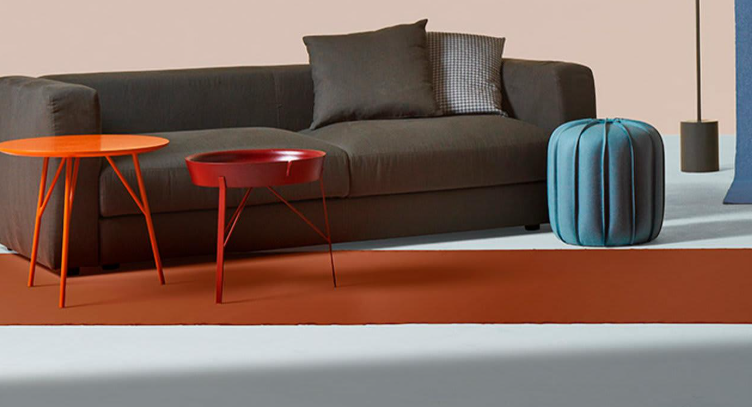

In today’s fast-paced world, flexibility isn’t just a preference — it’s a necessity. This is especially true in how we design and furnish our living spaces. Enter luxury modular furniture: the innovative, adaptable solution that’s revolutionizing the way we think about home design. As urban living spaces become smaller and the need for personalization grows, modular furniture has stepped into the spotlight, offering unparalleled versatility, style, and function.
In this article, we explore the rise of modular furniture, its benefits, current trends, and how it’s shaping the future of modern interiors.
At its core, modular furniture refers to pieces that are made up of standardized units or sections. These modules can be rearranged, added to, or customized based on the user’s needs and preferences. Unlike traditional, static furniture pieces, modular designs are dynamic, enabling homeowners to adjust their space as their lives evolve.
From modular sofas that change configurations to storage units that expand as needed, this furniture style embraces flexibility like never before.
Key characteristics of modular furniture include:
The surge in popularity of modular furniture isn’t accidental. Several societal trends have converged to make it one of the fastest-growing segments in the furniture industry.
As more people flock to cities, living spaces are shrinking. Apartments and condos require furniture that can adapt to limited square footage without sacrificing comfort or style. Modular furniture offers solutions that maximize space without cluttering it.
Today’s generations are more mobile than ever. With people moving for work, education, or lifestyle changes, owning heavy, cumbersome furniture is impractical. Modular furniture is often lightweight and easy to dismantle, making relocation less stressful.
Consumers today want furniture that reflects their personality and lifestyle. Modular furniture allows them to mix and match components, select colors, and choose configurations that fit their tastes and needs perfectly.
Modular designs often emphasize durability and extendability, meaning people can replace or add parts rather than discarding an entire piece. This longevity appeals to environmentally conscious buyers looking to reduce their carbon footprint.
The modular trend spans across various furniture categories, each offering unique benefits:
Perhaps the most recognized type, modular sofas let you reconfigure seating arrangements depending on the occasion. Whether you need a cozy loveseat or a sprawling sectional for entertaining, modular sofas are up to the task.
Popular features include:
Shelving systems and cabinets with modular designs allow homeowners to build storage vertically or horizontally. They adapt to growing needs — perfect for new families or expanding collections.
Modern kitchens increasingly feature modular elements such as interchangeable cabinetry, movable islands, and adjustable shelving. This offers flexibility for both style updates and practical reorganization.
With remote work becoming the norm, modular desks and office setups are gaining traction. They can be expanded or shrunk based on room size or professional needs, supporting the evolving nature of work-from-home lifestyles.
The world of modular furniture is dynamic, and several exciting trends are pushing it forward:
Many modular pieces now include technology integration — think wireless charging stations built into side tables or sofas with embedded USB ports.
Eco-friendly materials like bamboo, recycled plastics, and reclaimed wood are being used more frequently in modular furniture production.
Clean lines, neutral tones, and minimalist designs dominate the modular furniture scene. This aligns with the broader trend toward minimalist living and Scandinavian design philosophies.
Some companies offer online tools allowing customers to design their own modular pieces, choosing size, shape, fabric, and color combinations before ordering. Brands like Burrow, Floyd, and IKEA are leading in this space.
Adaptable outdoor sofas, chairs, and dining setups are becoming increasingly popular, especially for patios and terraces where seasonal changes demand flexibility.
When investing in modular furniture, consider the following:
The future looks bright for modular furniture. As technology advances, we may soon see even smarter designs — furniture that self-adjusts for optimal ergonomics, or augmented reality tools that help you visualize and customize furniture before buying.
Moreover, the focus on sustainability and ethical production will likely push the modular movement further, encouraging manufacturers to prioritize planet-friendly practices while offering even more stylish, flexible options.
In a world where change is constant, modular furniture offers the perfect balance of stability and adaptability, making it an ideal choice for the modern homeowner.

Leave a Reply